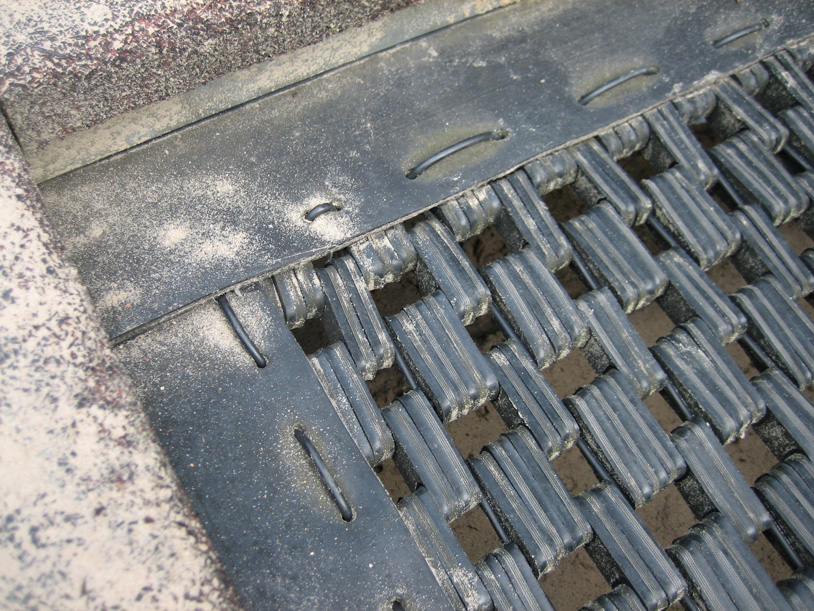
‘When it snows, children take over the city: they sleigh, throw snowballs, make snowmen and are more visible than ever. But what a city needs for its children has to be more durable than snow.’
-Aldo Van Eyck
A few months ago I wrote about my visit last summer to the rather amazing Kolle 37 bauspielplatz in Berlin (here), where among other things, children design and build their own playground each year. It’s really hard not to be utterly charmed by their three story creations, the ridiculously low injury rate or the incredibly diverse mix of activities on the site available for children, and adults alike. However, no matter how much the Kolle 37 bauspielplatz helps us re-frame what’s possible in terms of public space use and how we engage children in ‘making’ our neighborhoods, it still fits within the idea of play happening in a particular space. Yes, children do need to have spaces where they can feel safe, and free to create, play and learn but in general we have taken this notion too far.
‘Playgrounds are prosthetics for society.’
-Herman Hertzberger
Hertzberger’s quote is a little dramatic but still hits the point nicely; when we make a playground we are often indicating that children and play are not welcome or able to happen elsewhere. On the most basic level this is problematic for children because this notion of a singular place for play is simply not how children explore, learn or play. It is little wonder that we have ‘lost’ our children to television and video games when we have designed our cities, neighborhoods and public spaces so that it is nearly impossible for children to explore and play on their own. Indeed, studies have shown that in 80 years independent childhood mobility has in some cases declined from six miles to approximately 300 yards. Throw in some of the recent near-insanity regarding risk, in which principals ban running or ball throwing on playgrounds and it’s little wonder that we have a childhood obesity epidemic.
Would you want to go outside and play if all you could do is go no farther than the end of your driveway or do no more than stand around on a rubberized surface staring at one another?
With all of this in mind I think it is important to challenge Aldo Van Eyck’s fantastic quote,
‘When it snows, children take over the city: they sleigh, throw snowballs, make snowmen and are more visible than ever. But what a city needs for its children has to be more durable than snow.’
Yes, children do need a perpetually snowy city but so do adults. On one hand, isolating play means that adults often have to drive their children to a playground thereby making adults fat too. On the other, adults face similar health risks to children because we have similarly limited exercise and adventure to singular places such as gyms, requiring often a significant commute or time commitment. This is entirely contrary to what we now know about the value of exercise and movement. Yes, 20-60 minutes of continuous exercise is great but not only is it often a daunting volume for many, micro-exercise and movement throughout a day can often have greater physical benefit by reducing the negative impacts of such things as extended sitting on our bodies (click here for more information).
With all of the above in mind, perhaps my favorite thing that I saw in Berlin last summer were trampolines that had been built into a few of the sidewalks in Kreuzberg. Made out of segments of recycled tire, they were incredibly durable and safe, offering a moment of joy and adventure to anyone who chose to take the challenge. I only found a couple of examples of this in Berlin but they are wonderful because they represent an incredibly simple step that a community might take towards transforming their city into a continuous landscape of play and adventure.
Interested in reading more about childhood mobility and what a continuous landscape of play and adventure might look like?
Have a look at the following:
What If We Turn Austin Into A Continuous Playground And Outdoor Gym? (here)
How far were you allowed to travel on your own at age eight? (here)
Enjoy.
Alex Gilliam, alex@publicworkshop.us

Posted on May 5th, 2010 at 12:46 pm by publicworkshop in Things We Like, Writing